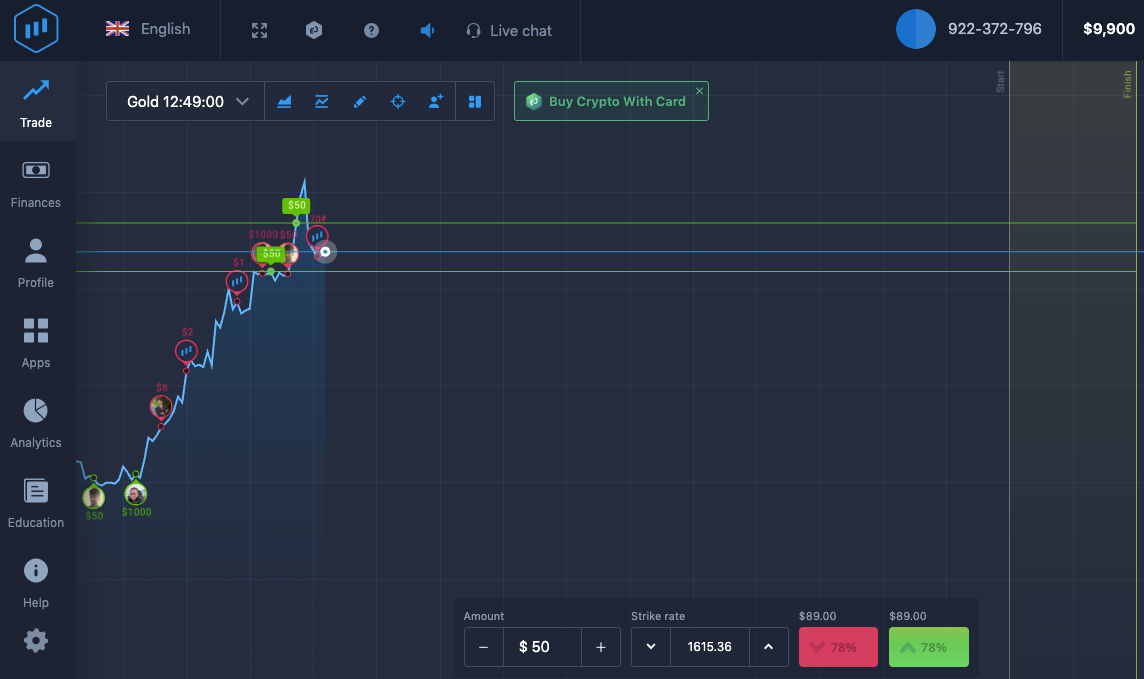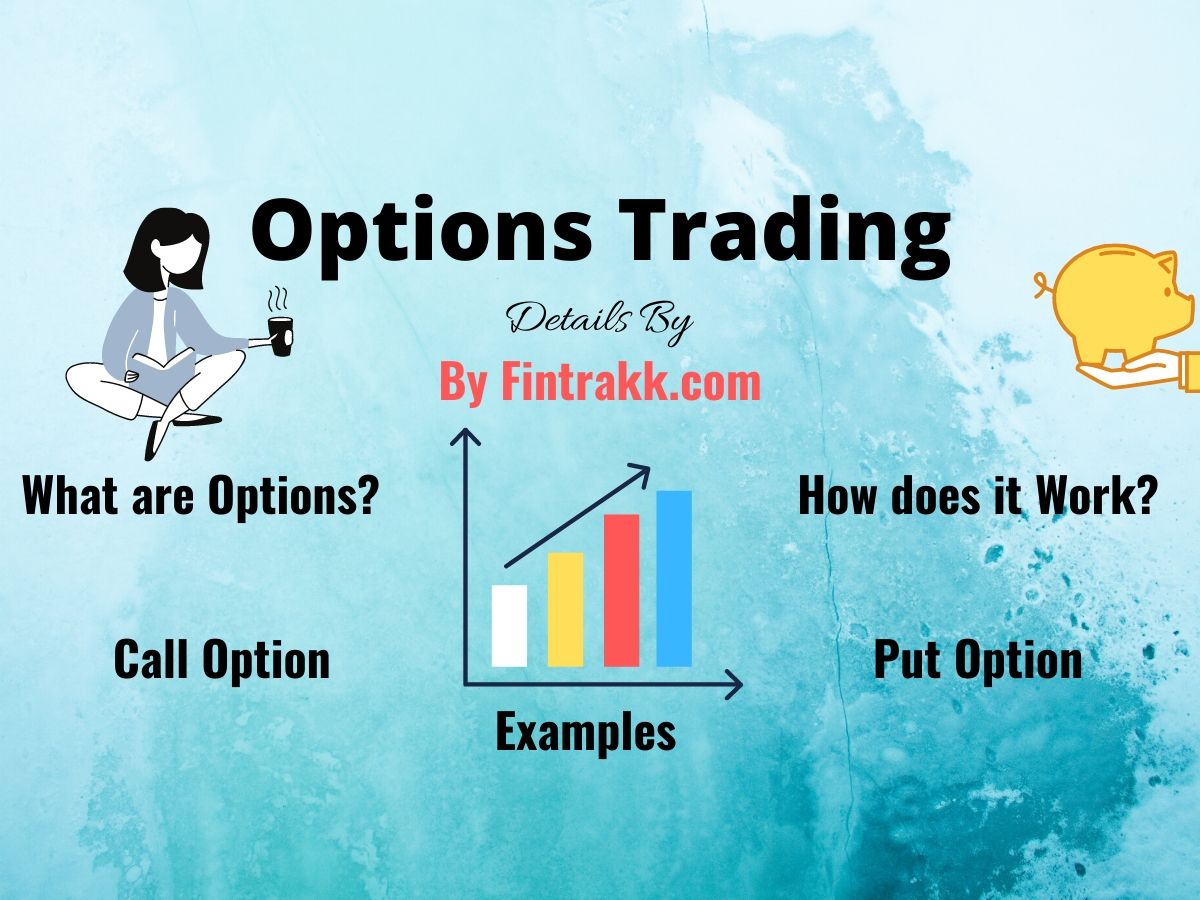In the ever-evolving realm of financial markets, sophisticated trading strategies such as options program trading have emerged as powerful tools for navigating complex market landscapes. This innovative approach, harnessing the flexibility of options, empowers traders to execute pre-defined trades, efficiently manage risk, and potentially enhance returns. This comprehensive guide delves into the intricacies of options program trading, unraveling its concepts, strategies, and applications.

Image: www.daytrading.com
Understanding the Concept: Options and Program Trading
Options, financial instruments that grant the holder the right but not the obligation to buy or sell an underlying asset at a specified price on a defined date, form the cornerstone of options program trading. Program trading, in turn, is an automated, systematic approach involving multiple options contracts executed simultaneously. Traders employ preset algorithms or models to determine the parameters of these trades, allowing for rapid execution and consistent risk management.
By combining the flexibility of options with the efficiency of program trading, practitioners can harness the potential of complex strategies. However, it is crucial to note that options program trading, while offering advantages, also entails inherent risks and requires a thorough understanding of options and market dynamics.
Strategies: Navigating the Options Program Trading Landscape
The realm of options program trading encompasses a diverse range of strategies tailored to specific market conditions and investment objectives. Some popular approaches include:
- Pairs Trading: This strategy involves buying and selling two highly correlated assets simultaneously, attempting to capitalize on price discrepancies between the two.
- Calendar Spreads: This approach involves buying an option with a longer expiration date and selling an option with a shorter expiration date in the same underlying asset.
- Delta Neutral Strategies: Traders seek to maintain a delta-neutral position by offsetting the risk of one option position with a corresponding position in the opposite direction.
- Volatility Trading: Program trading strategies can be used to capitalize on changes in implied volatility, which measures the expected price fluctuation of an underlying asset.
Applications: Unleashing the Power of Program Trading
Options program trading finds applications in various financial scenarios, including:
- Risk Management: Program trading techniques enable traders to spread risk across multiple options contracts, effectively mitigating the impact of adverse price movements.
- Market Neutrality: Constructing delta-neutral positions allows traders to hedge against market movements, reducing exposure to directional risk.
- Enhance Returns: Program trading strategies can enhance returns by exploiting market inefficiencies or capitalizing on specific market patterns.
- Tailored Execution: Automated program trading ensures rapid execution of complex trades, allowing traders to respond quickly to market conditions.

Image: fintrakk.com
Options Progrsm Trading

Image: unbrick.id
Conclusion: Unveiling the Value of Program Trading
Options program trading, with its automated execution and precise risk management capabilities, represents a valuable tool for sophisticated traders navigating complex market dynamics. By delving into the fundamentals of this strategy, including the concepts of options and program trading, understanding the various strategies, and exploring the diverse applications, individuals can harness the power of program trading to potentially achieve their financial objectives.
While options program trading provides numerous benefits, it is imperative to approach this technique with a comprehensive understanding of options, market behavior, and risk management principles. Traders should seek guidance from experienced professionals and thoroughly research before venturing into this multifaceted realm of financial strategy.






